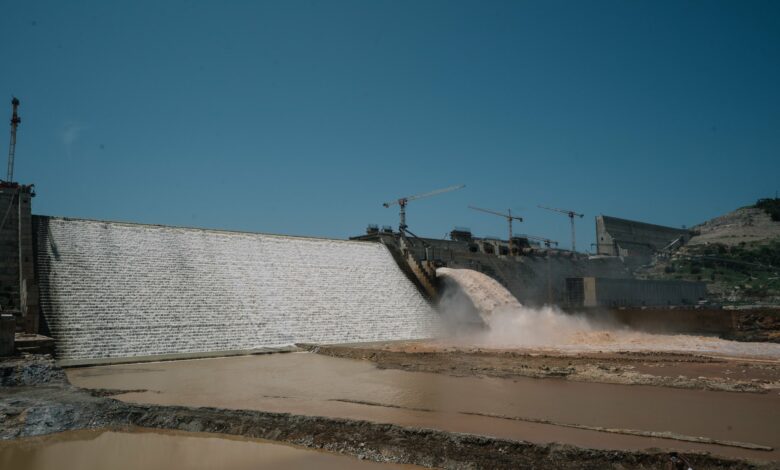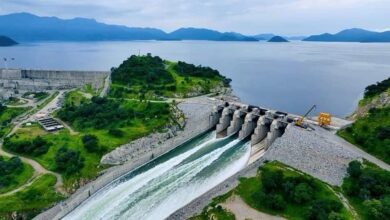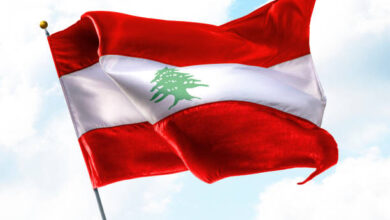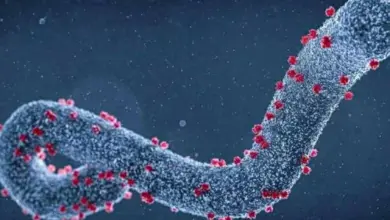
An Egyptian professor of water resources, Abbas Sharaqi, revealed that Ethiopia has suffered a delay in opening the Grand Ethiopian Renaissance Dam‘s (GERD) spillway gates, despite facing technical challenges with turbine operation and a deficient electricity transmission network.
This delay has sparked serious concerns in Egypt and Sudan regarding water management as the rainy season approaches.
Experts fear it could lead to the waste of enormous quantities of water without any tangible benefit – particularly critical for Egypt, which relies on the Nile River for 95 percent of its water needs.
The Egyptian geological expert confirmed that satellite imagery indicates a slight decrease of four billion cubic meters in the GERD’s reservoir since September 5, 2024.
The lake’s water level has dropped by approximately two meters, reaching 636 meters above sea level, with a total storage of 56 billion cubic meters.
In a post on his official Facebook account, the expert attributed the delay to technical problems with either the installation or operation of the turbines, coupled with an unprepared electricity transmission network.
These issues are hindering the planned utilization of the dam’s hydroelectric power.
“Ethiopia hopes it can operate the turbines, but it’s ignoring the necessity of mandatory discharge as the rainy season approaches. This is wasting water that they fought diplomatic battles with Egypt and Sudan over for five years to store,” he said.
Sharaqi noted that light rainfall has begun in the Blue Nile basin since early May, with daily inflow exceeding 20 million cubic meters at the GERD. He anticipates this rate will increase to 60 million cubic meters per day within two weeks, with initial forecasts suggesting rainfall will be around average or slightly higher.
Continued delays could lead to a sudden discharge of massive quantities up to 20 billion cubic meters, before the flood season in June, he warned.
This would necessitate precise coordination with Sudan and Egypt to avoid widespread flooding or damage to infrastructure.
The GERD, which Ethiopia began constructing on the Blue Nile in 2011, is Africa’s largest hydropower project. Once completed, it aims to produce 6,450 megawatts (MW) of electricity, providing power to approximately 60 percent of Ethiopia’s population who currently lack it, and exporting energy to neighboring countries like Sudan and Djibouti.
However, the dam has ignited a protracted dispute with Egypt and Sudan, primarily due to concerns over potential reductions in their vital Nile water shares.
Egypt, in particular, relies on the Nile for an overwhelming 97 percent of its water needs and is already experiencing water scarcity, with an average consumption of 556 cubic meters per capita annually by 2025, according to the Ministry of Water Resources and Irrigation.
Ethiopia maintains the dam will not diminish water flows to downstream nations.
Instead, it asserts that the GERD will stabilize flows by reducing evaporation, especially compared to Lake Nasser. Despite these assurances, the lack of a binding agreement on the dam’s operation continues to fuel tensions.
In 2015, the three nations signed a Declaration of Principles intended to promote cooperation, yet it crucially lacked enforceable mechanisms. Ethiopia announced the final filling of the dam in 2023, a move met with strong Egyptian protests that labeled the action “unlawful.”
Estimates suggest the GERD could reduce Nile flows to Egypt by two percent under normal conditions, but this figure could escalate significantly during droughts, potentially imperiling 200,000 acres of agricultural land.




